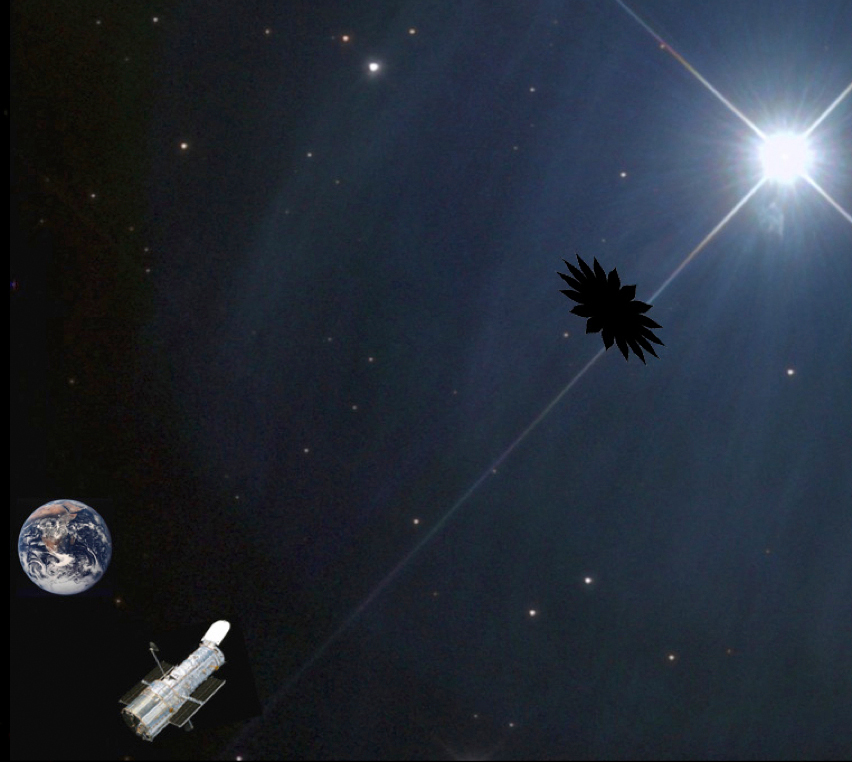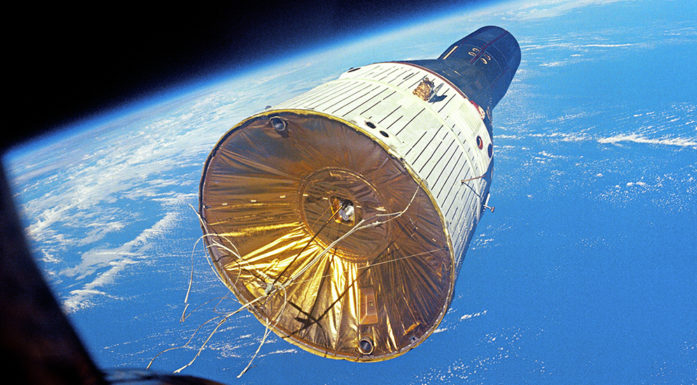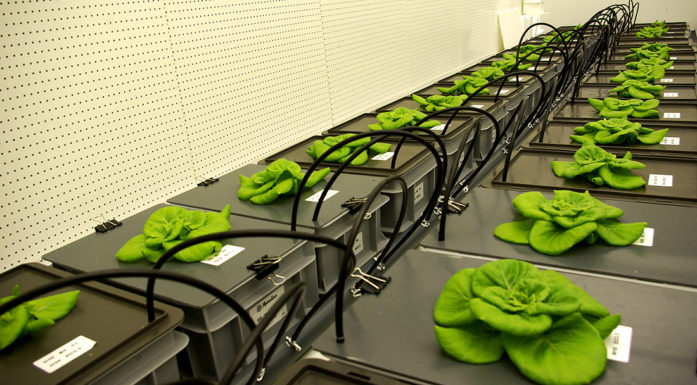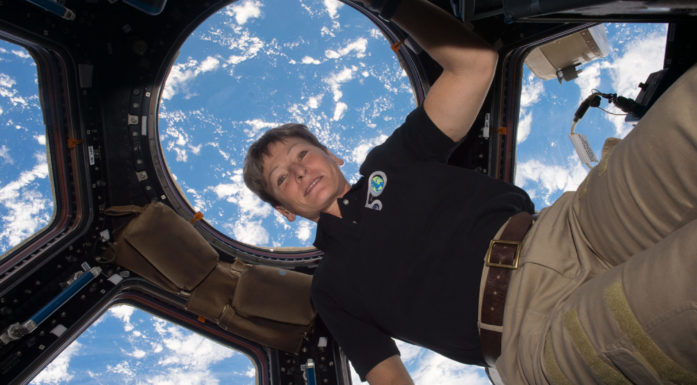Will send a giant sunflower into space
Imagine a firefly fluttering near a floodlight. Can you see it? Not unless you shade the light coming from the glare of the lamp. This is where the sunflower screen enters the picture.
Professor Sara Seager is the person behind the sunflower, and she’ll be coming to Trondheim and the Starmus Festival in June. You’ll be hearing more about NASA’s Starshade, as the flower screen is called, but let’s first meet the woman who is leading the project: a Canadian-American astrophysicist, astronomer and planetary scientist who has made the comment that “the world sees me as the one who will find another Earth.”
Seager is looking for a planet with signs of life and is convinced she will find it. Her work has given her a fan base she’s not sure she wants. Her mailbox overflows with reports of observations, experiences and theories of life in outer space.
“Please don’t email me your crazy theories,” she says on the rare occasions when she speaks to an audience. She says it half in jest, half in earnest.
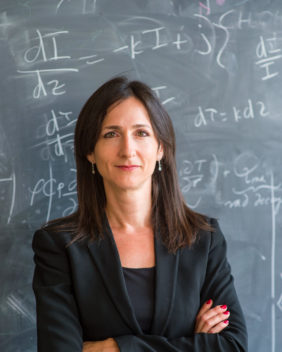
Sara Seager is a Canadian-American planetary scientist at MIT whose groundbreaking research as an “astronomical Indiana Jones” ranges from studying exoplanet atmospheres to innovative theories about life on other worlds to the development of novel space mission concepts. Photo: Starmus
“I’m not looking for aliens, or radio signals sent from UFOs,” she stresses as often as she can. What she’s on a quest for are exoplanets that show signs of life. All the stars in the Milky Way have at least one companion planet. These are called exoplanets.
When scientists discovered in the mid-1990s that the universe is full of solar systems besides our own, a new chapter in space research began. Seager has been and is one of the pioneers in this work. A new “super-Earth” with conditions that could support life was discovered in April this year. But a super-Earth is not what Seager is seeking. She describes the difference between a super-Earth and what she is searching for as the difference between finding a very, very distant relative, and finding your unknown twin. She’s going after the twin. Earth’s twin.
Showed astronomers what to look for
While Seager took her PhD in astronomy at Harvard, she conducted research that led to the first discovery of atmospheres on planets outside our own solar system. She modelled how the light from stars was reflected in the atmosphere of planets, showing astronomers of the world what to look for. Two years later, in 1999, she posited the theory that the element sodium would leave a clear fingerprint in light shining through the atmosphere of a planet. Again, she gave astronomers concrete things to look for, enabling them to make important observations.
Probability calculation
Seager, by her own admission, has little understanding of social norms, but she has an uncanny mathematical ability. Math is what she uses to argue that she is pursuing a meaningful quest in her search for an Earth twin. Seager’s calculations show that its existence is imminently probable. Common sense, according to Seager, suggests a presence we can’t prove quite yet. It’s just a matter of finding it.
The Starmus Science Festival
NTNU is hosting Starmus, the world's most ambitious science festival.
• The festival combines social engagement and science.
• The festival will feature 11 Nobel Prize winners, 10 astronauts, and a total of 46 science stars.
• Academic superstar and music lover Stephen Hawking will give presentations.
• Jeffrey Sachs, one of the world's most important economists, will talk on how to survive Trump, climate change and global crises.
• One of the most quoted contemporary sociologists, Anthony Giddens, will present on "The digital revolution and the Future of world society."
• Three astronauts will share experiences from their moon landings and their thoughts about future space travel.
• Film director Oliver Stone (Natural Born Killers and Platoon) will participate in a debate with CNN talk show host Larry King.
• Steve Vai, Nuno Bettencourt, Ane Brun, David Zambuka, Grace Potter, Devin Townsend, the Trondheim Soloists and Trondheim Symphony Orchestra are on the list of artists.
With so many solar systems, she believes a planet similar to Earth must exist – a rocky planet of a certain size that orbits its star at a distance so that the temperature allows water to remain in its liquid state. If Seager’s prediction for the future is correct, our descendants will look back on our generation as the one that discovered the Earth-like planets that they take for granted – and travel to.
From indirect to direct observation
The discoveries of exoplanets in the 1990s enabled us to see or identify planets that are large enough to influence their host star. Astronomers are able to observe exoplanets passing in front of their star and can analyse the gases that are present in the planet’s atmosphere by seeing which parts of the light spectrum are not coming through. But this method cannot detect the true Earth twin, because it would be too small relative to its star. It would be like the firefly fluttering in the overpowering glare of a floodlight. Looking through a telescope directed at an Earth twin, the planet’s light would be lost in the far brighter star’s light. Unless, that is, a screen were to float ahead of the telescope and shade the star’s light, so that it would be possible to see what’s next to it. That’s exactly what NASA’s Starshade project aims to do.
The screen and the telescope would be launched together. Out in space, the starshade would unfold to about 34 metres in diameter and then fly 50,000 km in front of the telescope to put the star in its shadow. The shade’s petal-like form diffracts the light to make the shadow as dark as possible. If the starshade positions itself just right, so that the star’s light is blocked, the telescope flying behind it can take pictures of planets around the star. And small rocky planets. Maybe even an Earth twin.
Seager has her gaze riveted on the stars, or rather on the computer screen where she can run her calculations. An assistant makes sure the many alien and UFO enthusiasts do not bother her, and the opportunities for “ordinary folk” to see or hear Seager talk about her work are few and far between. The Starmus Festival offers us an unusual opportunity to meet an unusual person.
